Keep your home healthy by cutting down on allergens
Can't stop sneezing? Reduce harmful allergens in your home this summer using these smart tips and clever tech buys
There's plenty to consider when smartening up your home, such as budget, style and the different tastes of family members. However, one of the other important factors to consider is whether or not your home is healthy.
For people who suffer from allergies, ranging from hay fever and asthma to eczema, it's vital that thought is put into the products they buy and use in their home. In fact. even if you don't have a family member with allergies, reducing allergens should be considered as guests to your home may be affected. The latest figures from Allergy UK suggest that around 21 million adults in the UK – that’s one in three – have allergies, and that one in five of us suffer from hay fever.
Pet hairs, pollen and dust all cause problems, as can cleaning products, wet washing and more. But all it takes is a few simple changes and a few bits of tech, and everyone will feel better as a result. Here are some top tips that will help everyone breathe easier this summer, along with the gadgets that can come to the rescue.
1. Keep your bed allergy free
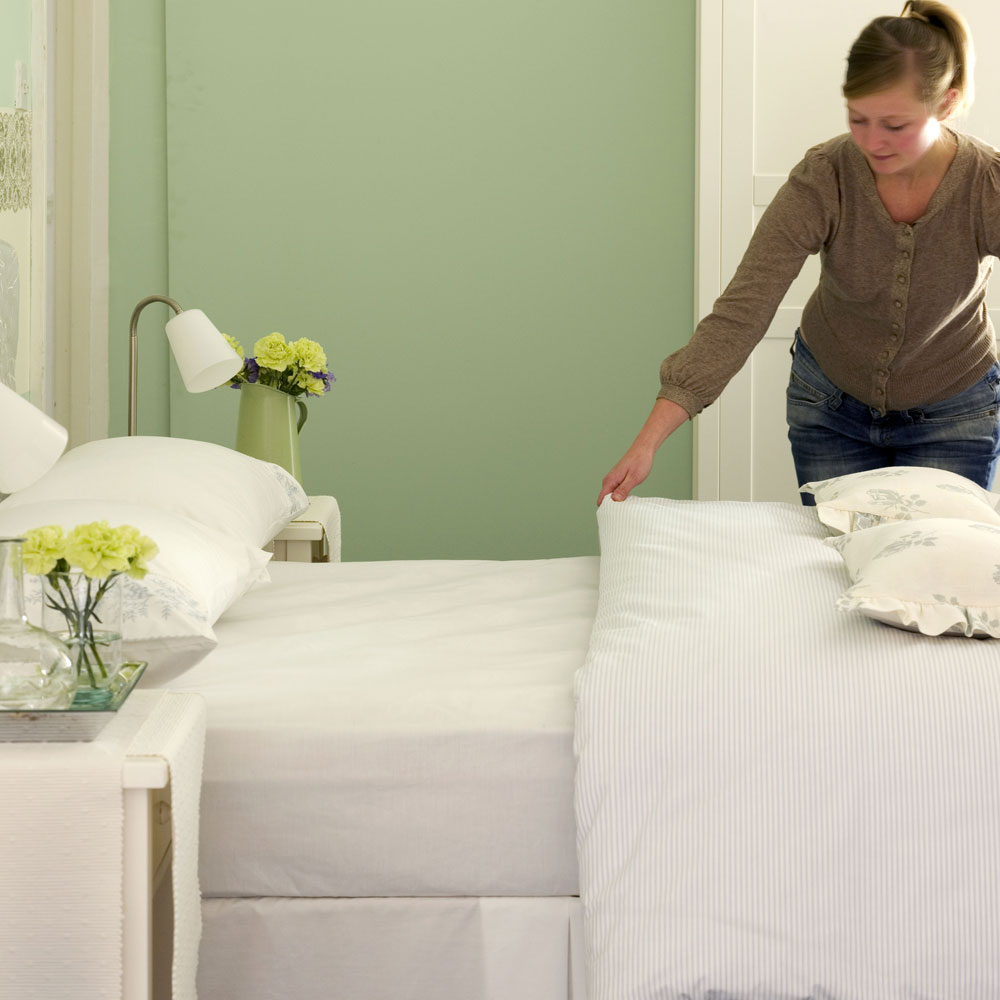
Dust-mites thrive in nice, warm houses with carpets and soft furnishings. They particularly like mattresses, which provide a ready supply of human skin scales and become moist and encrusted with mould, just what a dust-mite likes to eat. Look out for hypoallergenic pillows if you want a great night’s sleep.
There are between two to three million mites in the average mattress and their allergen-laden droppings are a trigger for conditions such as asthma, rhinitis and eczema. A child who sleeps in a lower bunk bed is effectively the filling in a dust-mite sandwich. To minimise the mites, wash bedding regularly and use a protective cover on mattresses. You should also give your mattress a good clean every once in a while. It's a scary fact that, according to Philips’ Home Truths Report, one in five Brits never clean a mattress. To do the job properly use a bed vac with sterilising UV light.
If you haven't already, it might be worth investing in a new pillow. The Anti-Allergy Fibrelite pillow from Bensons for Beds is said to provide a more comfortable night's sleep. The hollowfibre fights off bacteria to help prevent allergies.
Buy now: Anti-Allergy Fibrelite Pillow, £9, Bensons for Beds
Get the Ideal Home Newsletter
Sign up to our newsletter for style and decor inspiration, house makeovers, project advice and more.
2. Wash allergens away
Washing bedding and soft toys at 60C or more will kill the dust mites. Some machines will have an allergy care programme to do just that. For something that’s 100% effective, invest in a machine with a steam function – this will remove all fungi, dust mites and pollen from fabrics efficiently and gently. Washing machines with steam functions are traditionally more expensive, but there are affordable options. You may think it's a price worth paying if you have severe allergies, and don't fancy putting delicates on a hot wash.
Need a new mattress? Read: Best mattresses: Get a perfect night’s sleep
3. Check what paint you're using
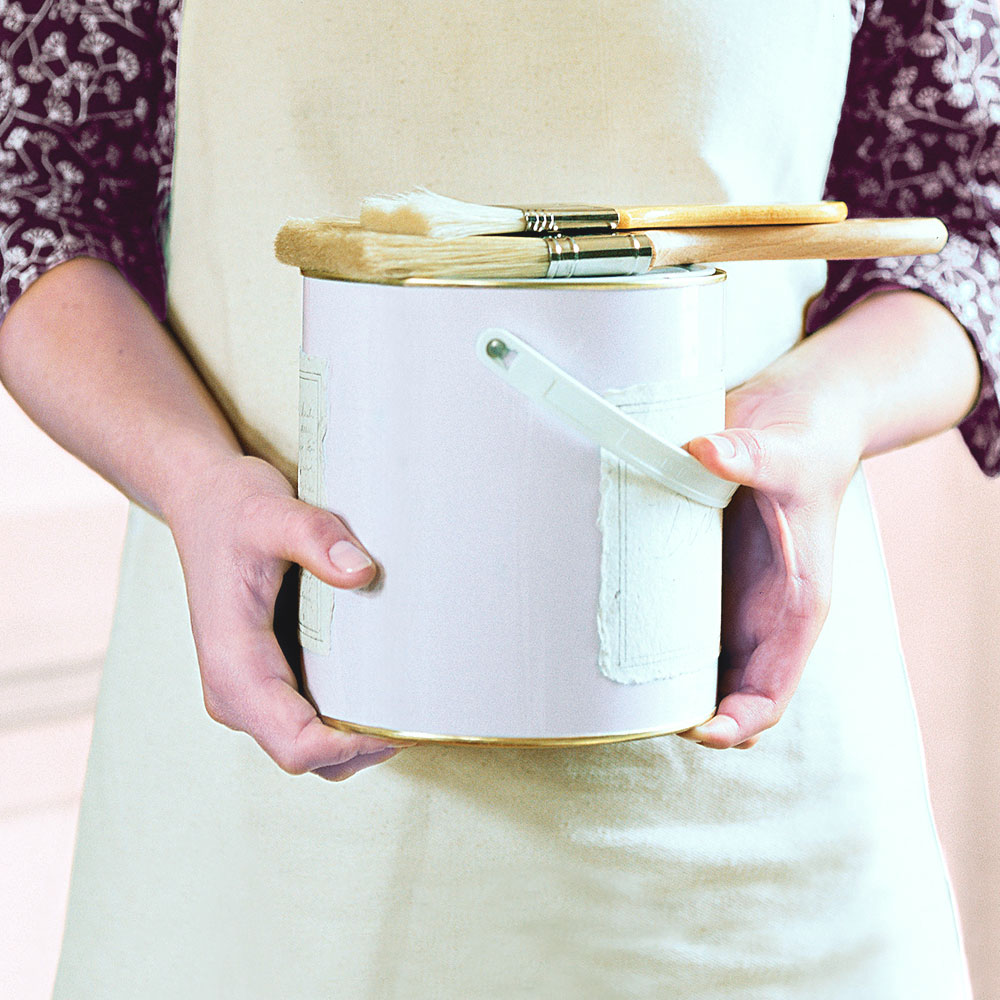
Until recently, most interior paints would have contained volatile organic compounds (VOCs for short). These were deemed essential to the performance of the paint, but were prone to releasing low levels of toxins into your home, sometimes years after the paint was applied. Thankfully, paint technology has moved on and you can now buy excellent emulsions that are VOC- and formaldehyde-free. Use them when decorating to keep your home healthy.
If you're concerned about VOCs, you could also get some new houseplants. The spiky Red-edged Dracaena has proven affective at combatting pollutants such as formaldehyde and benzene, found in paints, smoke from fireplaces and synthetic fibres. Try popping one in your living room. The Moth Orchid is a good choice for the bedroom, as it removes the VOC toluene and gives off oxygen, to help you sleep better.
4. Monitor your air quality
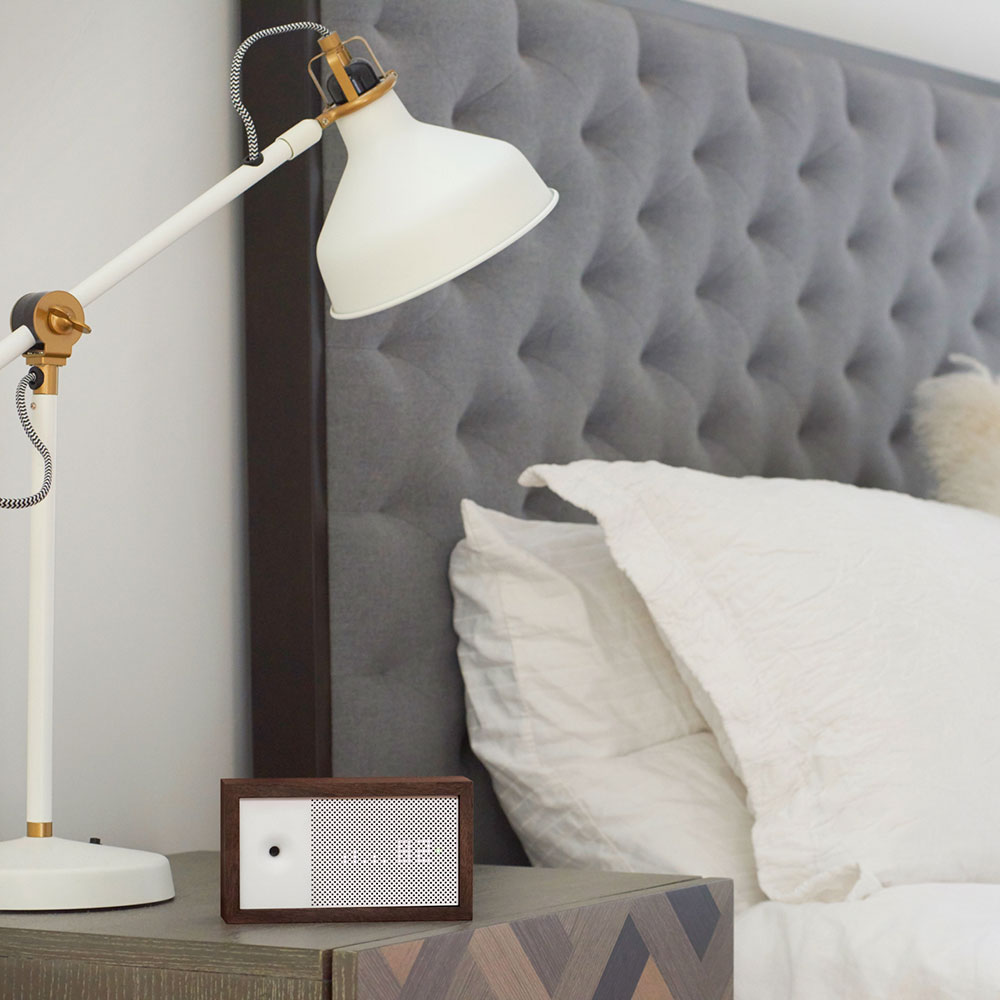
Air pollution might conjure up images of smoky factories, but the air inside our homes can be up to five times more polluted than the air outside, and 81% of are at risk of suffering a respiratory or skin condition because of poor air quality in the home. High CO2 levels, for example, can lead to headaches drowsiness and, in extreme cases, coma or death, so it’s important this levels are monitored at all times in smaller homes in particular.
An air monitor will keep tabs on the air quality and send you alerts if it deteriorates, so you can open a window for 15-20 minutes, or take stronger measures to improve your ventilation.
Monitoring temperature, humidity, CO2 levels, chemicals and dust in the air, Awair’s intelligent sensor can help you keep tabs on air quality. It tracks toxins and chemicals in the air and provides personalised recommendations to help individuals stay safe and healthy.
Buy Now: Air monitor, £179.99, Awair
5. Buy an air purifier
This will help to filter out airborne allergens, such as house dust mites, cats and dogs, pollen and mould, as well as smoke and bacteria, which are common irritants. Philips’ anti-allergen model quietly rids the air of 99.9% of bacteria and 99% of particles like dust, pet hair & pollen, dimming its light at night, so you can pop one in a bedroom and not be disturbed. It can be set to run for one, four or eight hours, and costs £390. Dyson’s Pure Hot+Cool Link, £499, is a heater, fan and purifier that removes 99.95% of allergens, mould, bacteria and pet dander, and any bad smells.
6. Rethink your flooring
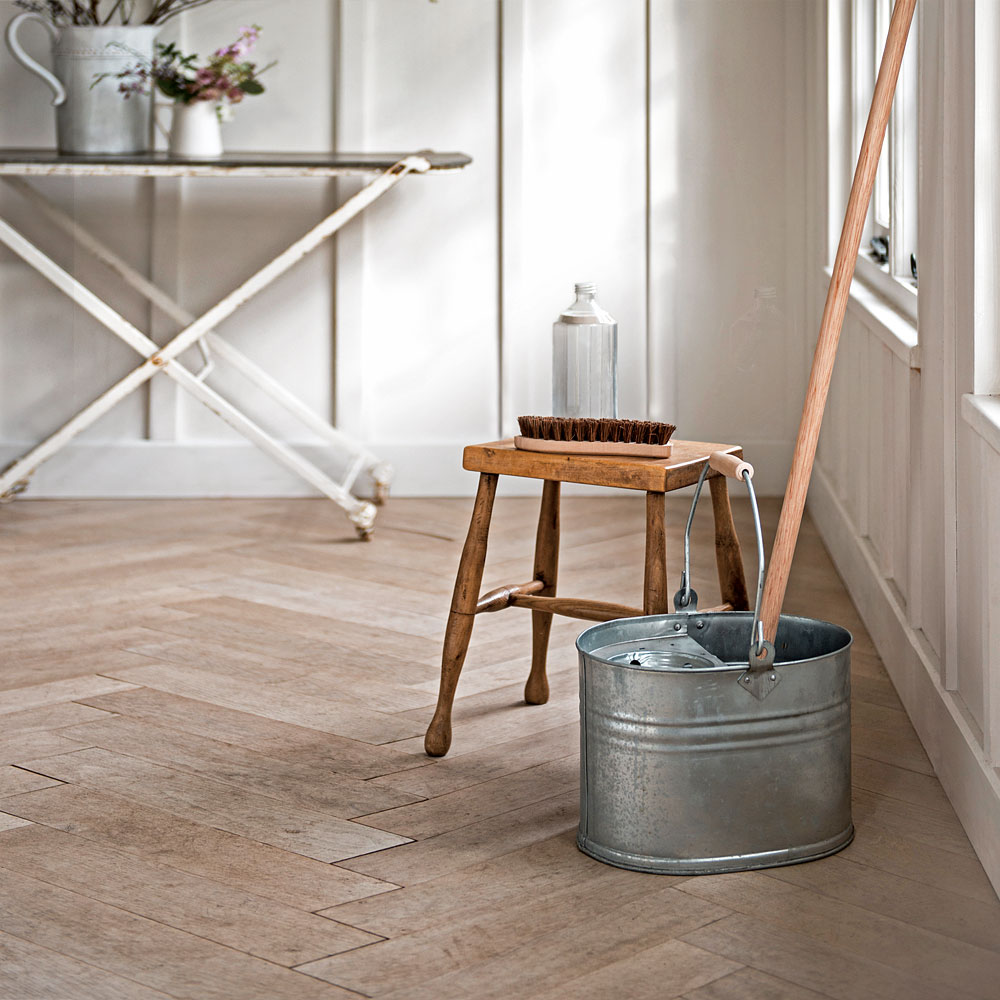
Remove any carpeting and replace it with hardwood or linoleum flooring or washable rugs. If that isn't an option, use low-pile instead of high-pile carpeting and...
7. Vacuum regularly
You should vacuum floors at least twice a week. Dr Rob Hicks , author of Beat Your Allergies, says ‘Dust-mite droppings are a major trigger for many people. To reduce their numbers, vacuum soft furnishings, mattresses and pillows to get rid of any allergens.’
Choose a vacuum that has a small-particle or high-efficiency particulate air (HEPA) filter to trap pollutants, and wash it regularly so nothing is spewed back in the air. Don't forget to shampoo the carpet frequently, especially if you have pets.
8. Keep your kitchen spotless
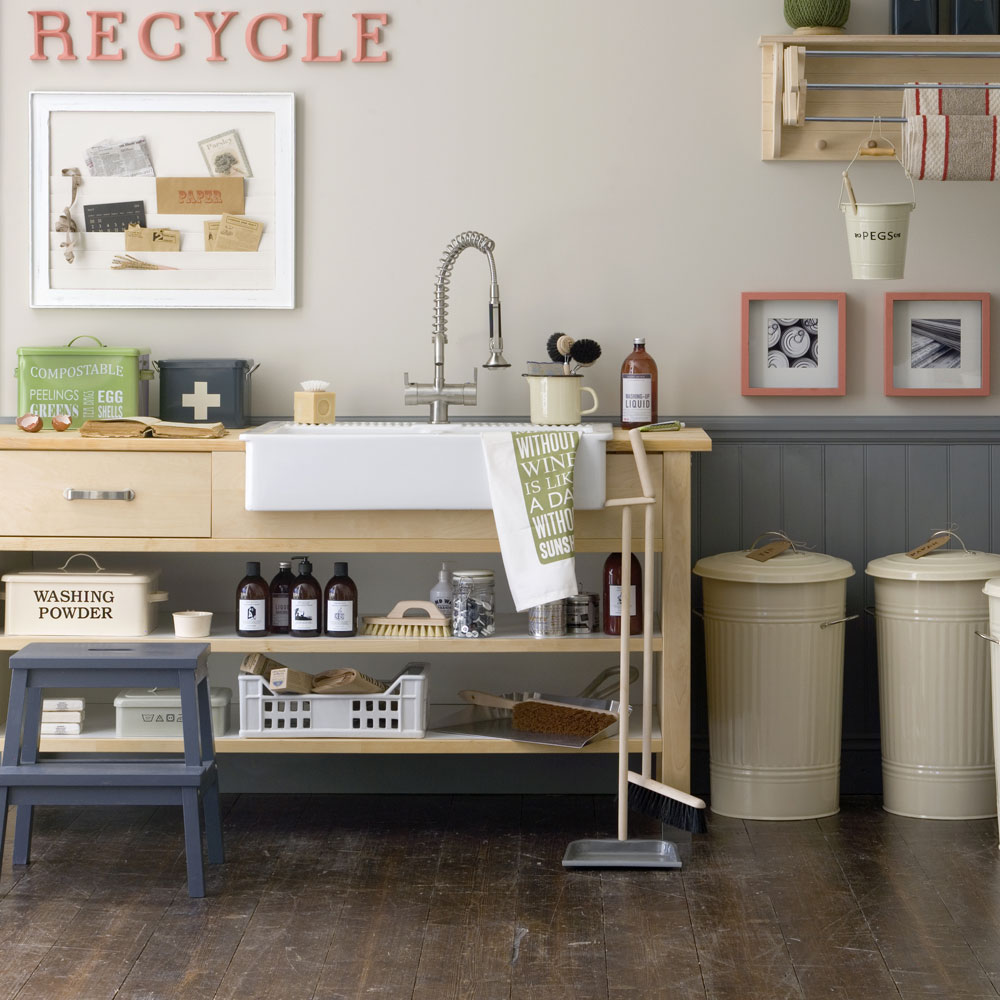
Build wall cupboards to the ceiling to avoid dust being collected in hard to reach places. Wipe down kitchen cabinets every 2/3 months and choose easy to wipe fronts for your cupboards.
Wash out refrigerators regularly to make sure that mould does not gather in the corners.
Make sure that the grouting of tiles is flush with the work surface to eliminate any chances of mould or food forming.
Wipe food surfaces down after preparing food with a cloth dampened with disinfectant.
9. Blitz the bathroom
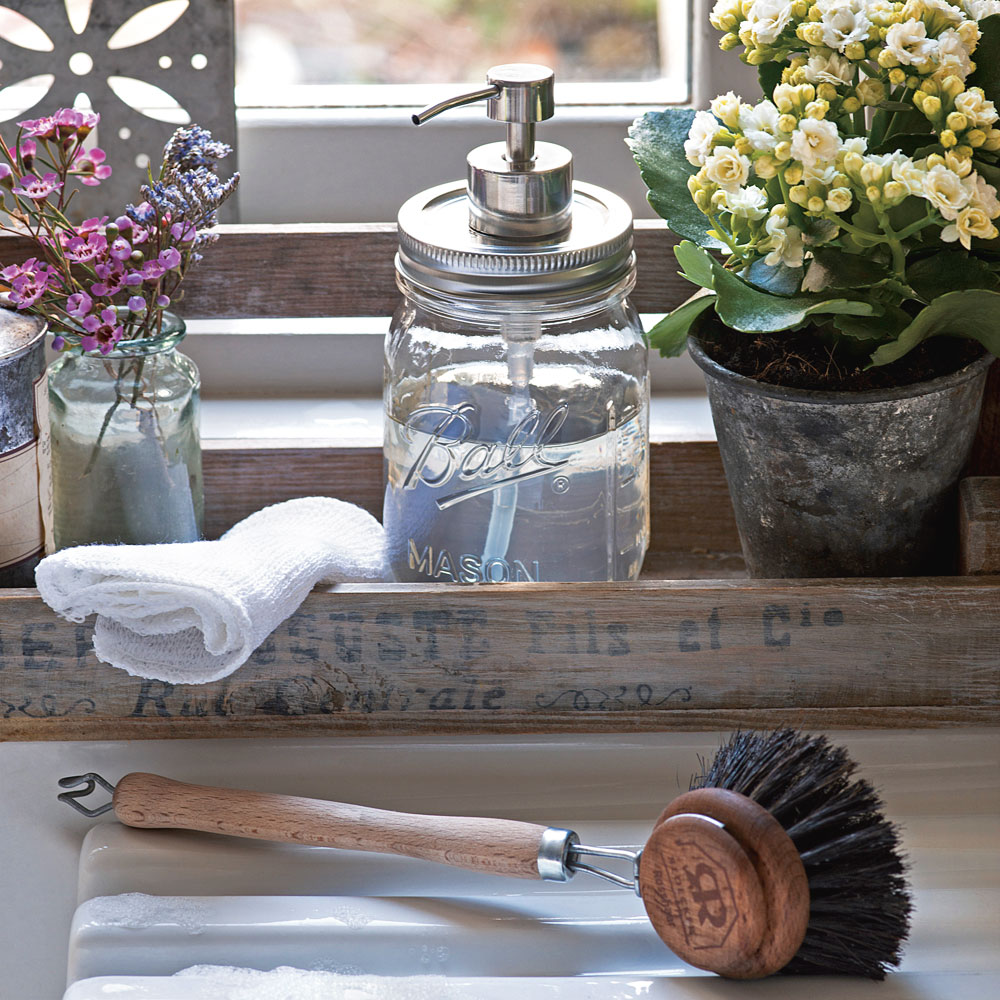
Be careful with the chemicals you use on the toilet as these can irritate the respiratory system. If sensitive to chemicals use an equal mixture of domestic borax and vinegar to treat hard water deposits. Avoid using perfumed sprays - opening a window is just as effective. If you do wish to use an air freshner, you could use an endorsed reduced allergenic one. Remember to always wear protective gloves when cleaning the toilet or handling chemicals.
If mould appears on the shower curtain or around the bath clean it with a paste of vinegar and lemon juice. Apply and then rinse well.
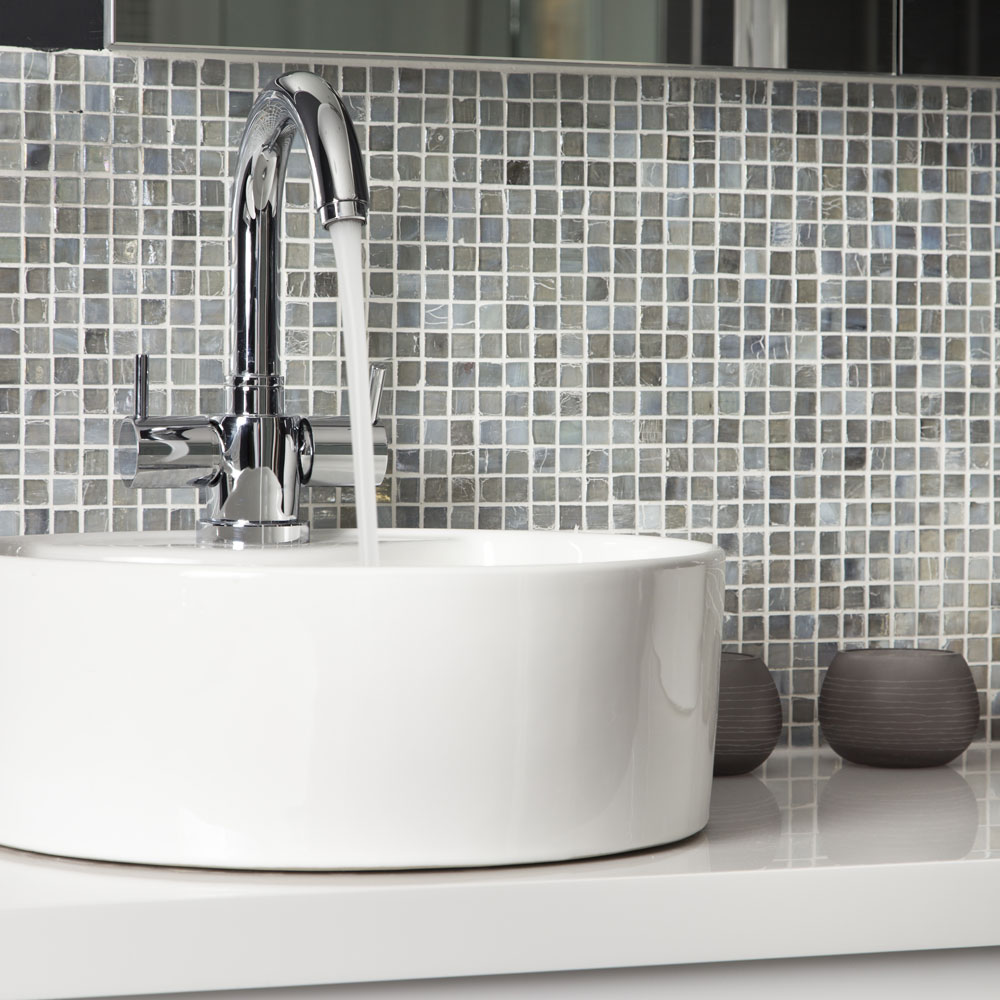
To clean bathroom tiles rub the surface with undiluted white vinegar. Leave for 15 mintues the rinse thoroughly.
10. Invest in a dehumidifier
It’s best to keep humidity levels at home between 30% and 50% to limit the growth of potentially toxic mould. Symptoms that this mould can cause range from a blocked nose or wheezing, to developing a lung infection – something that's particularly dangerous to children. To keep humidity under control, dry clothes outside, or use a tumble dryer. Consider buying a dehumidifier – DeLonghi has an excellent range.
For more cleaning tips, check out: Top tips for cleaning windows
Do you suffer from allergies? Share your tips for keeping an allergy-proof home.
Jennifer is the Deputy Editor (Digital) for Homes & Gardens online. Prior to her current position, she completed various short courses a KLC Design School, and wrote across sister brands Ideal Home, LivingEtc, 25 Beautiful Homes, Country Homes & Interiors, and Style at Home.
-
 The pink Ninja air fryer of our dreams has arrived, but only in the US
The pink Ninja air fryer of our dreams has arrived, but only in the USNinja's spring colours collection i the US has sparked some serious appliance envy
By Molly Cleary
-
 3 humane methods to stop squirrels eating your plants, according to garden experts
3 humane methods to stop squirrels eating your plants, according to garden expertsStop squirrels from munching on your plants with these three humane methods
By Kezia Reynolds
-
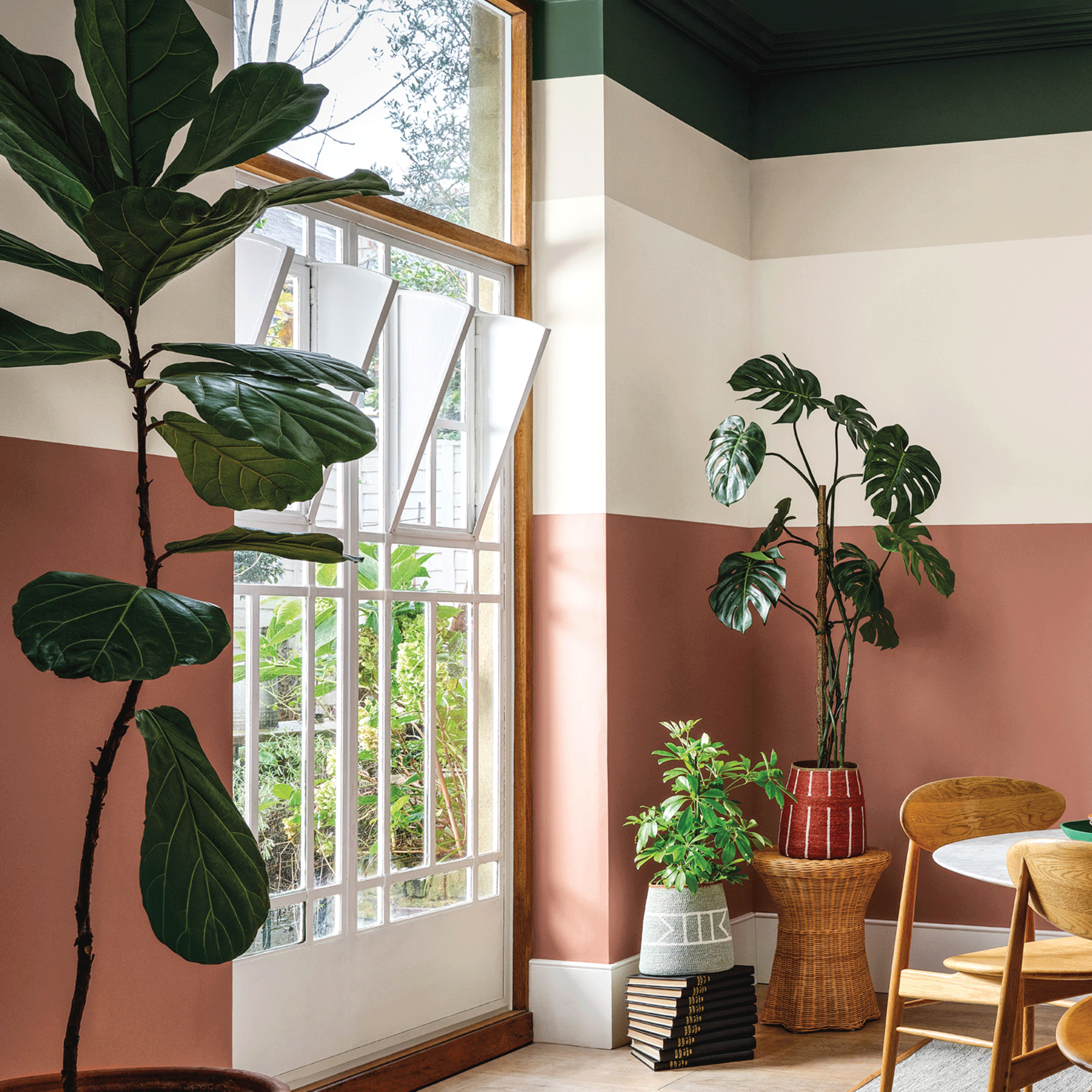 Crown Paint has launched new wall colours for the first time in three years, and changed how I think about neutral shades
Crown Paint has launched new wall colours for the first time in three years, and changed how I think about neutral shadesIs terracotta the ultimate neutral?
By Rebecca Knight